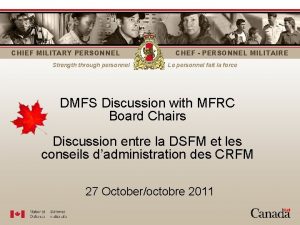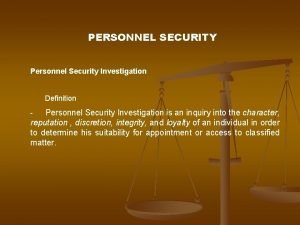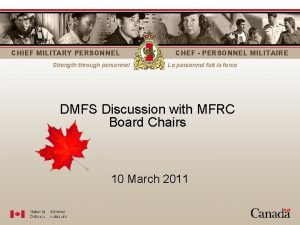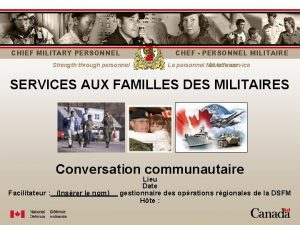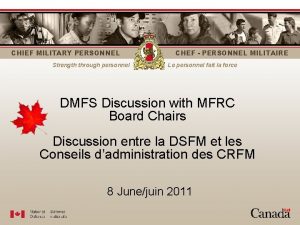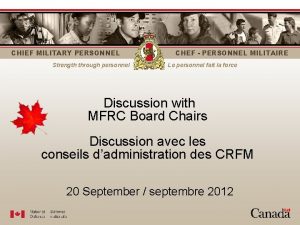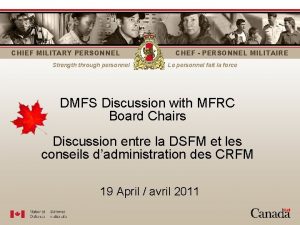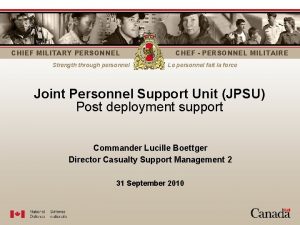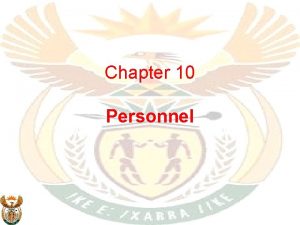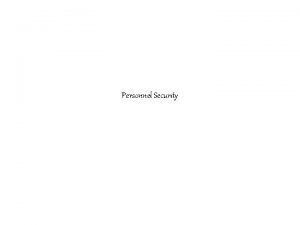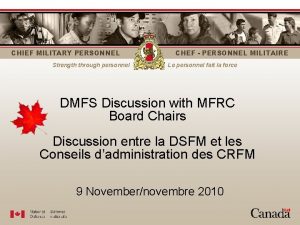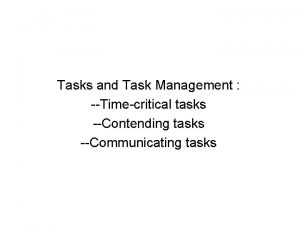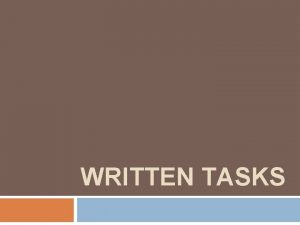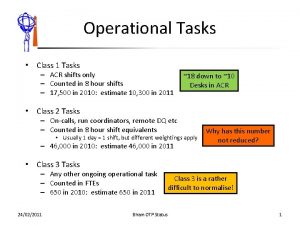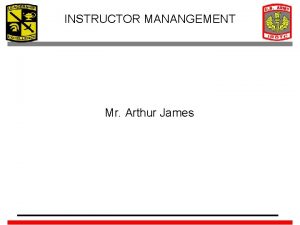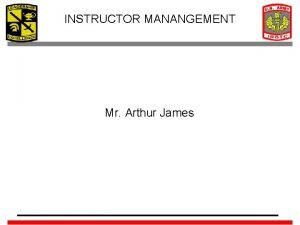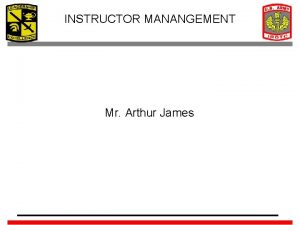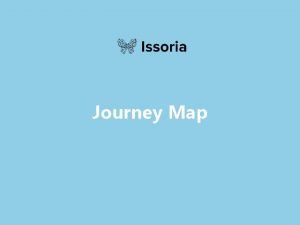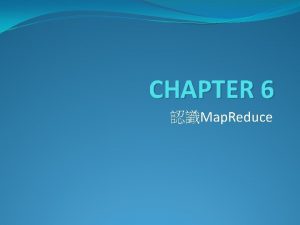Hooah Map Training Class Instructor Tasks Instruct Personnel

























- Slides: 25


Hooah Map Training Class Instructor:

Tasks Instruct Personnel on the following: -Identify Topographic Symbols on a Military Map -Identify Terrain Features on a Map -Determine a Magnetic Azimuth Using a Lensatic Compass -Orient a Map Using a Lensatic Compass -Locate an Unknown Point on a Map and on the Ground By Intersection - Locate an Unknown Point on a Map and on the Ground By Resection

Conditions Given: Highly Motivated Personnel, One Very Attractive Instructor, Lensatic Compass, Map Protractors, 1: 50, 000 Scale Maps, and the Greater Waegwan Area for Practical Exercises

Standard All Personnel Will be Trained and Confidant in Use of a Military Map and Lensatic Compass For Finding Their Current Location and Determining What Resources are Nearby.

Safety Considerations - Weather Concerns - Proper Use of the Equipment - Reactions for Getting Lost

Identify Topographic Symbols Six Basic Colors: Black: Cultural (Man-Made) Features Other Than Roads Blue: Duh Brown: All Relief Features- Contour lines on Old Maps. Cultivated Land on Red-Light Readable Maps Green: Vegetation Red: Major Roads, Built Up Areas, Special Features on Old Maps Red-Brown: All Relief Features and Main Roads on Red-Light Readable Maps Any Additional Information Will Be Contained in the Map Legend

Terrain Features Five Major: Hill, Valley, Ridge, Saddle, Depression Three Minor: Draw, Spur, Cliff Two Supplemental: Cut, Fill

Hill

Valley

Ridge

Saddle

Depression

Spur

Draw

Cliff

Orient a Map Using a Compass Place the Map on the Ground or Any Flat Level Surface Using the Magnetic North Arrow Found in the Map Margin, Rotate the Map and Compass Until All are Pointing Towards the Top Index Line on the Compass

Practical Exercise Use a Map and Lensatic Compass to Orient a Map Using Terrain Association Orient a Map

Determine an Azimuth Using a Lensatic Compass Definition: A Horizontal Angle Measured Clockwise From a North Base Line. Use Cheek Method to Determine an Azimuth Back Azimuth: To Determine the Back Azimuth, add 180 Degrees if the Azimuth is 180 Degrees or Less, subtract 180 Degrees if the Azimuth is 180 Degrees or More

Practical Exercise Take Some Time to Get Comfortable Shooting an Azimuth With the Lensatic Compass and Computing a Back Azimuth Using a Map and Protractor Determine some Azimuths and Back Azimuths Practice Converting Compass and Grid Azimuths

Resection A Way to Locate One’s Position on a Map by Using at Least Two Well-Defined Locations Steps: 1. Orient the Map Using a Compass 2. Identify Two Or Three Distant Locations on the Ground and Mark them on the Map 3. Shoot a Magnetic Azimuth to the Distant Locations 4. Convert the Magnetic Azimuths to Grid Azimuths and compute the Back Azimuths 5. Draw a Line along the Back Azimuth from the Distant Location towards your Unknown Location. 6. The Intersection of the Lines is your Location

Practical Exercise Determine Your Present Location Using the Maps of the Waegwan Area Provided, a Protractor, and a Lensatic Compass

Intersection is Essentially the Same as Resection Just Backwards Using Two Known Locations you Will Determine the Location of an Unknown Area Steps: 1. Given two Known Locations, an Oriented Map, and a Compass 2. Shoot an Magnetic Azimuth from both Known Locations to the Unknown Location 3. Draw a Line from Both Known Locations to the Unknown Location Along the Azimuth 4. The Intersection of the Lines is the Location’s Coordinates

Intersection

QUESTIONS?
 Where does angus say they will meet the oncoming army
Where does angus say they will meet the oncoming army Training sales personnel
Training sales personnel Participante novato
Participante novato Tcole instructor course
Tcole instructor course Basic instructor course texas
Basic instructor course texas Basic instructor course #1014
Basic instructor course #1014 Pepperball instructor course
Pepperball instructor course Not only the students but also the instructor
Not only the students but also the instructor Instructor vs teacher
Instructor vs teacher Cisco certified instructor
Cisco certified instructor Mptc firearms instructor manual
Mptc firearms instructor manual Basic instructor course #1014
Basic instructor course #1014 Basic instructor course texas
Basic instructor course texas Drawing and painting the virtual instructor
Drawing and painting the virtual instructor Nfpa 1403
Nfpa 1403 Tp 12863
Tp 12863 Instructor operating station
Instructor operating station Catia instructor
Catia instructor Instructor
Instructor Ac 61-65
Ac 61-65 Tcole 1014 basic instructor course
Tcole 1014 basic instructor course Jrotc marksmanship instructor course online
Jrotc marksmanship instructor course online How to become an nrp instructor mentor
How to become an nrp instructor mentor Cisco instructor certification
Cisco instructor certification Cbrf registry wisconsin
Cbrf registry wisconsin Nra certified instructor logo
Nra certified instructor logo


























